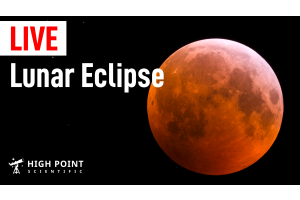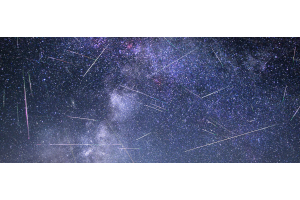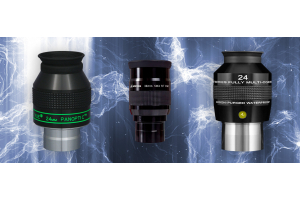
Harmonic drive mounts offer all the benefits of traditional equatorial mounts without the headaches. ZWO has led the way with their innovative AM5, taking the astronomy community by storm with its lightweight, high payload capacity design that integrates perfectly with the ASIAIR control system. The ZWO AM5 was among the first to start this New Wave revolution, and the storm surge is far from over.
Introducing the ZWO AM5N
The AM5 that started it all looks, feels, and performs like cutting-edge design. When we got our hands on the new AM5N Harmonic Drive Equatorial Mount, it was clear the look was very similar to the original. However, diving into the details revealed that the ZWO AM5N offers much more than just looks. Its refined power, precision, and quality-of-life improvements make the AM5N an excellent choice for anyone starting their astrophotography journey or any veteran looking for a reliable mount for a streamlined rig.
Incredible Payload-to-Weight Ratio
Perhaps the most defining feature of harmonic drive mounts is their high payload-to-weight ratio and the ability to provide incredible lifting power without needing to be counterbalanced. The AM5N continues this trend, with its flashy red housing weighing only 12.1 lbs yet capable of carrying 33 lbs of gear. This is about 5 lbs more than the AM5, which, while not placing the AM5N in a new weight class, is a welcome improvement for handling today’s complex imaging rigs.
Refined Design and Cable Management
Externally, the AM5N maintains the same design beats as the original, and that’s not a bad thing. It features a solid red aluminum exterior, a compact footprint, and easy-to-use adjustment hardware. However, the base has been redesigned, moving the latitude scale and replacing the azimuth locking knobs with a spring tensioning system that locks in polar alignment more securely. This redesign improves precision and ensures polar alignment holds better when tightening altitude and azimuth knobs. The mount head even fits the same tripod as the original.
A major upgrade is the AM5N’s internal cable management solution. The power and control cables are now routed through the mount, emerging at the saddle of the declination axis. This setup includes a 5.5x2.1 mm 12V output and a USB-C port, allowing users to power and control their entire imaging rig without a single cable crossing the declination axis. This eliminates the risk of cable snags and allows for 360° declination axis rotation. The stress of babysitting a Meridian Flip or managing cable tangles during a target change in the middle of the night is now a thing of the past.
Enhanced Bluetooth Control
In addition to cable management, the AM5N introduces Bluetooth control, addressing a common issue with the AM5. Previously, connecting the mount via Wi-Fi cut off internet access, which could be inconvenient during troubleshooting. With Bluetooth, users can connect to the mount and still access the internet. For those who prefer Wi-Fi, the hand controller still creates a hotspot for mount control.
Improved Guiding and Performance
The AM5N delivers greater precision than its predecessor, with a periodic error of ±10 arc seconds—half that of the original model. While this doesn’t eliminate the need for autoguiding, it reduces the frequency and aggressiveness of corrections, leading to better guiding results.
Real-World Testing
Testing the AM5N with an Apertura CarbonStar 150mm Imaging Newtonian and a 533 monochrome camera on the Elephant Trunk Nebula yielded excellent results. The mount performed as expected, with low periodic error and guiding at an average of 0.27 to 0.35 arc seconds. The confidence of knowing cable snags wouldn’t be an issue made the experience even better.
ZWO’s passion and commitment to innovation are evident in the AM5N Harmonic Drive Equatorial Mount, which feels refined, more powerful, and in tune with the needs of astrophotographers. This mount reaffirms ZWO’s position as a leader in harmonic drive EQ mounts.

Learn More
Interested in diving deeper into the world of astronomy? Not sure where to begin? Check out our Astronomy Hub!













